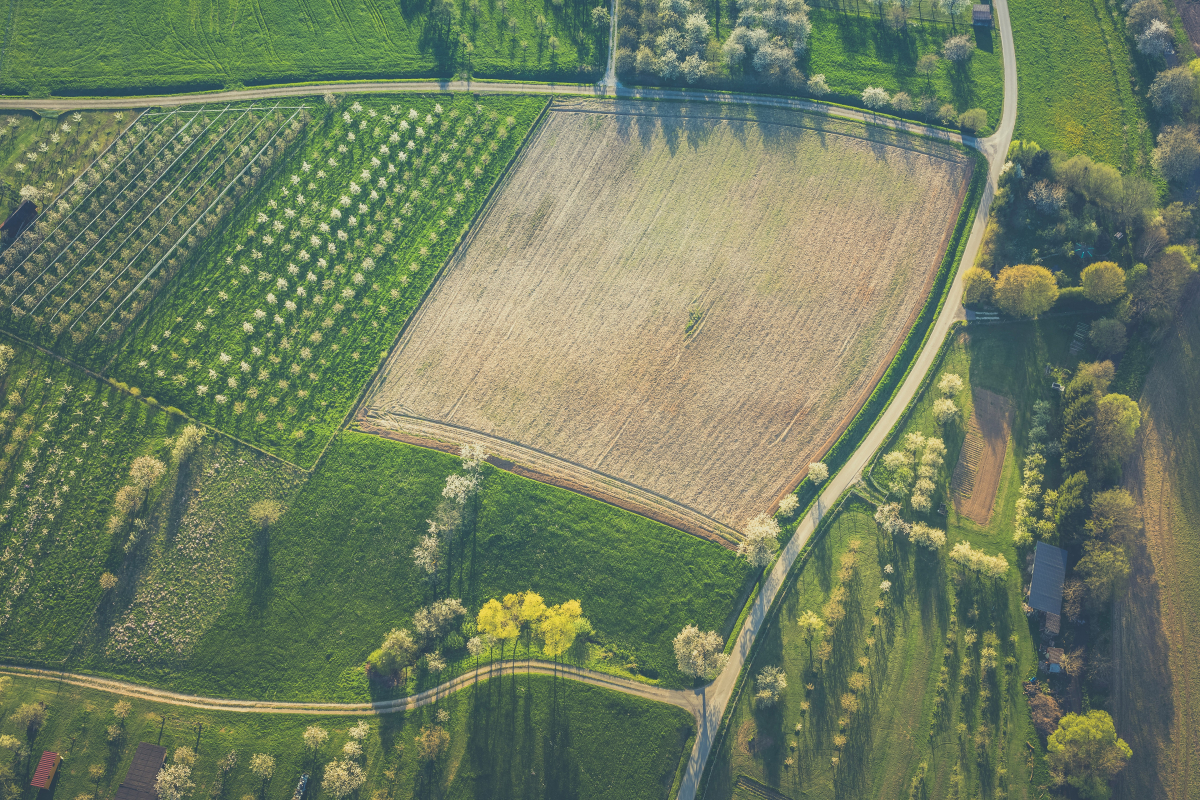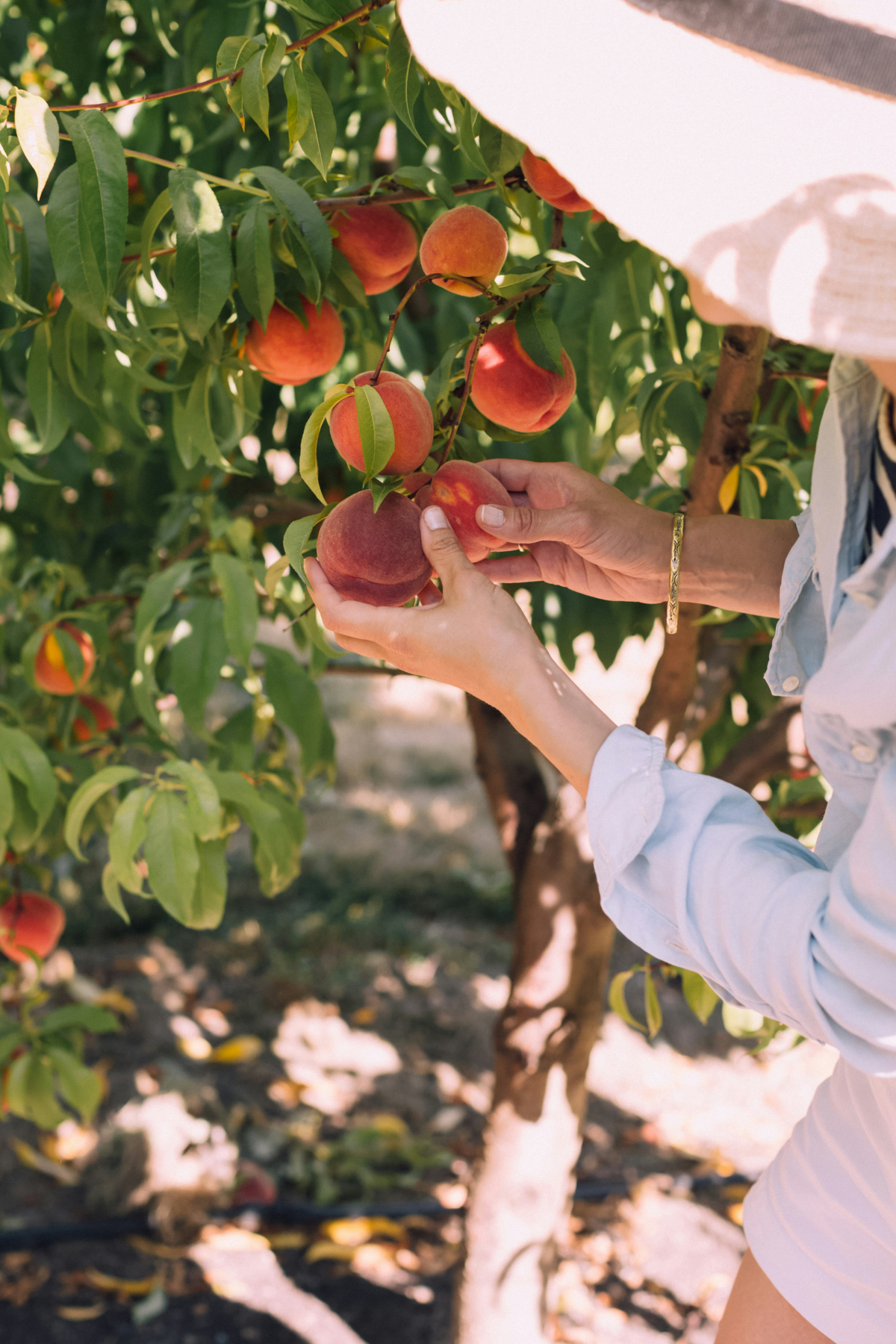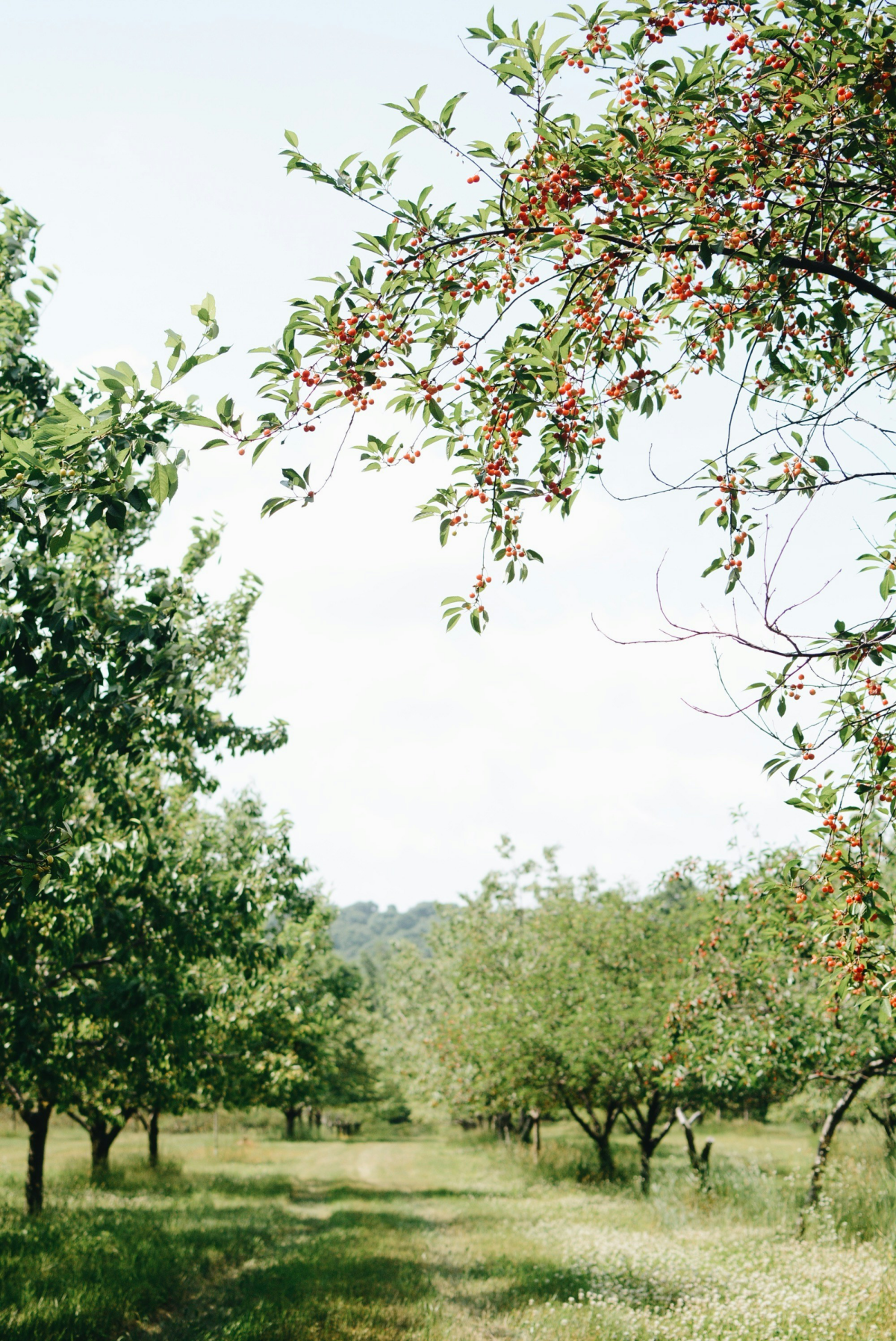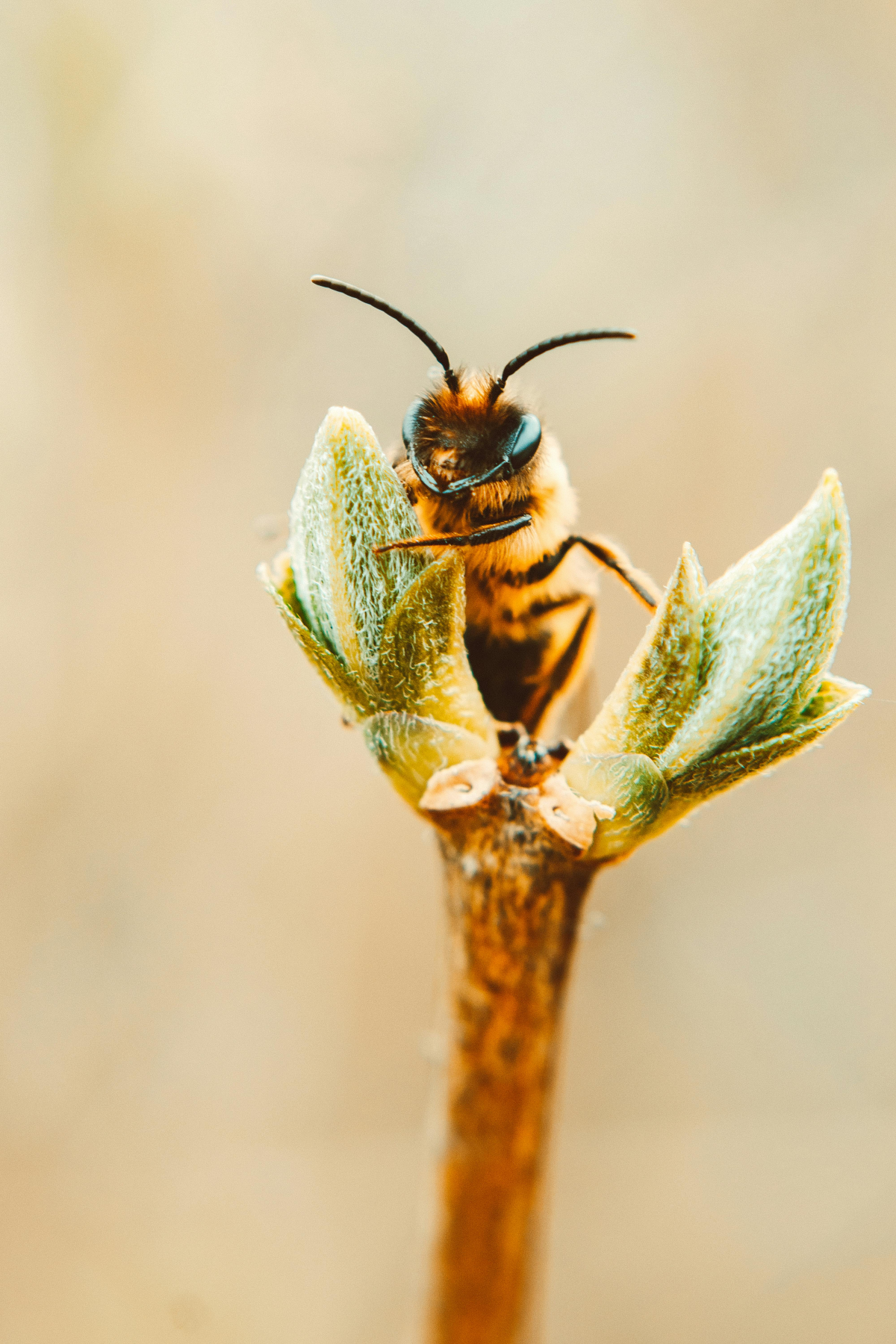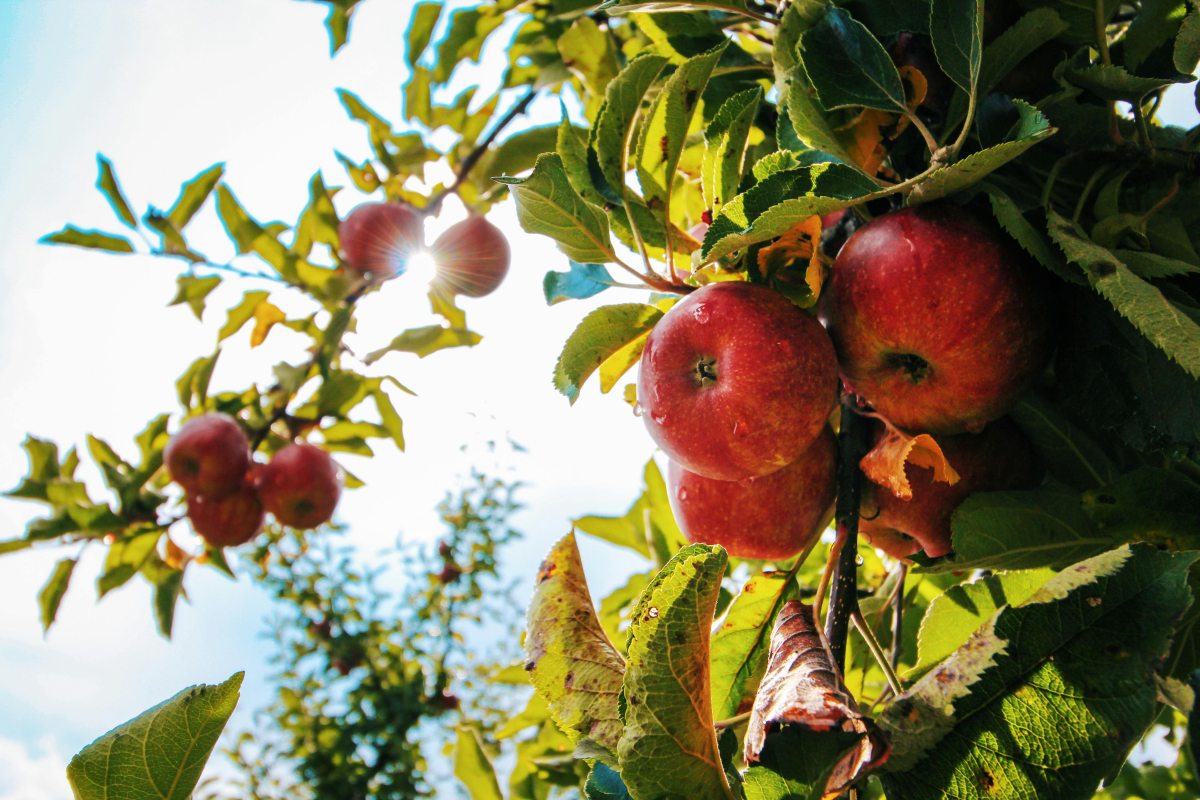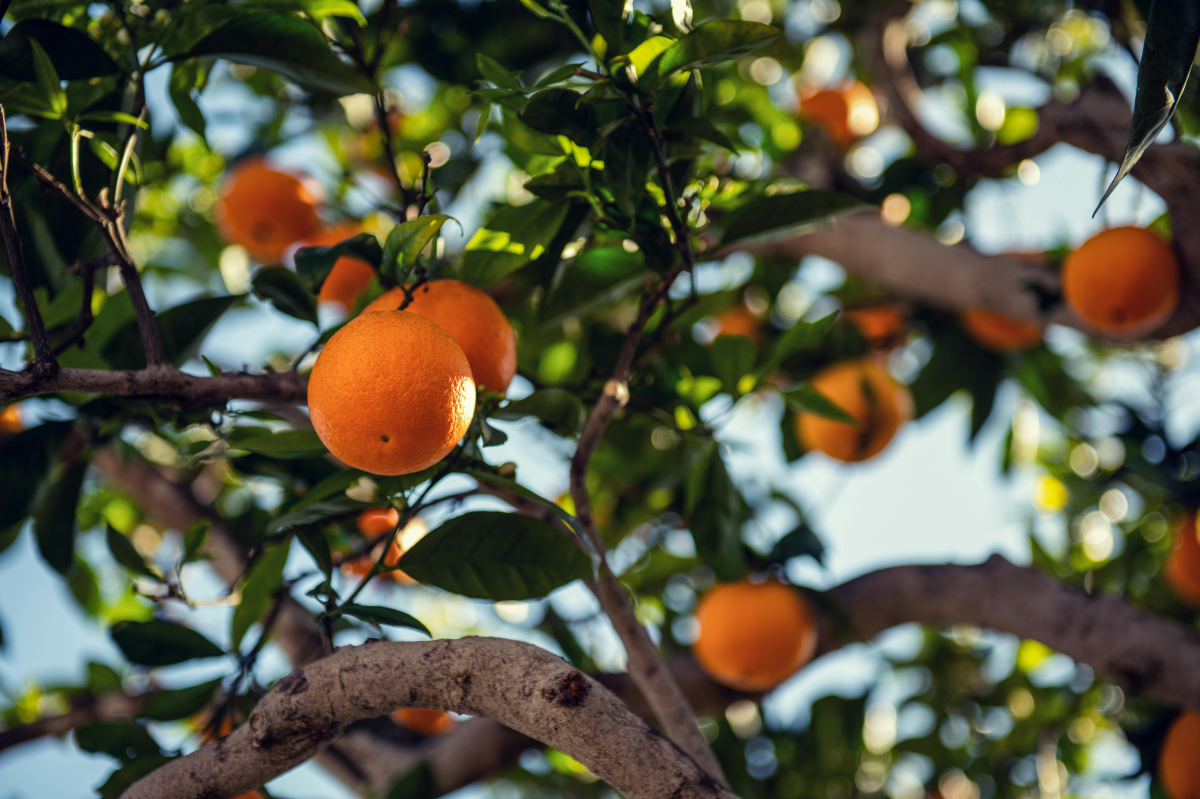How to Choose the Right Fruit Varieties for Your Climate and Region
Embarking on the verdant journey of gardening transcends the simple act of cultivating plants. It’s a nuanced symphony between nature and the gardener, where success is orchestrated by the subtle understanding of one’s local climate and region. As the custodian of your own horticultural haven, wielding a green thumb is merely the first note in a melodic composition that requires a profound understanding of the unique nuances that characterize your surroundings. Embarking on the verdant journey of gardening transcends the simple act of cultivating plants. It’s a nuanced symphony between nature and the gardener, where success is orchestrated by the subtle understanding of one’s local climate and region. As the custodian of your own horticultural haven, wielding a green thumb is merely the first note in a melodic composition that requires a profound understanding of the unique nuances that characterize your surroundings.
In this article
- Understanding Your Climate: The Foundation of Fruitful Choices
- Aligning with Regional Nuances: Tailoring Choices to Your Locale
- Fruitful Considerations: Picking Varieties Wisely
- Cultivating a Personalized Fruit Haven: Nurturing Orchard Icons
- Adapting to Local Ecosystems: Native Fruit Varieties
- Seasonal Harmony: Orchestrating Continuous Yields
Understanding Your Climate: The Foundation of Fruitful Choices
Zone Wisdom: Mapping Your Growing Zone
Before delving into fruit varieties, identify your USDA Hardiness Zone. This crucial information delineates temperature ranges, helping you select fruits that can withstand the winters and thrive in your specific zone. Websites and gardening catalogs often provide zone-specific recommendations, ensuring your choices align with your climate’s unique characteristics.
Pro Tip: Opt for fruits well-suited to your zone for a resilient and thriving orchard.
Chill Hours: Catering to Winter’s Embrace
Some fruit trees, like apples and cherries, require a certain number of chill hours—cold temperatures during winter—to produce fruit. Research the chill hour requirements of your chosen fruits to ensure they receive adequate winter dormancy. This step is especially crucial in warmer regions, where low chill hour varieties are essential for successful cultivation.
Pro Tip: Consider low chill hour varieties for mild winter climates to foster optimal fruit development.
Aligning with Regional Nuances: Tailoring Choices to Your Locale
Soil Savvy: Matching Fruits to Your Soil Type
Different fruits thrive in distinct soil types. Assess your soil’s composition—whether it’s sandy, loamy, or clayey—and choose fruits compatible with those conditions. Additionally, conducting a soil pH test aids in selecting varieties that flourish in your soil’s acidity or alkalinity.
Pro Tip: Amend soil as needed to create an ideal foundation for your chosen fruit varieties.
Microclimates: Unveiling Your Garden’s Personalities
Gardens often house microclimates—localized variations in climate influenced by factors like slopes, structures, or bodies of water. Identify these microclimates to strategically plant fruits. For instance, plant heat-loving fruits in sun-drenched pockets and those susceptible to late spring frost in more sheltered areas.
Pro Tip: Utilize microclimates to diversify your fruit orchard and maximize growing potential.
Fruitful Considerations: Picking Varieties Wisely
Disease Resistance: Building Resilient Orchards
Investigate disease resistance when selecting fruit varieties. Certain cultivars exhibit enhanced resistance to common pests and diseases, reducing the need for chemical interventions. This not only promotes eco-friendly gardening but also ensures a healthier and more robust harvest.
Pro Tip: Choose disease-resistant varieties to minimize the risk of orchard ailments.
Pollination Partners: Orchestrating Fruition
Many fruit trees require cross-pollination for optimal fruit set. Identify suitable pollination partners based on flowering times and compatibility. Some fruit varieties, however, are self-pollinating, making them excellent choices for smaller gardens or orchards with limited space.
Pro Tip: Plan your orchard layout strategically to facilitate effective cross-pollination.
Cultivating a Personalized Fruit Haven: Nurturing Orchard Icons
In the tapestry of orchard choices, the Red Apple emerges as a timeless icon. Its vibrant red exterior and flavor profile that harmonizes sweetness with a subtle tartness make it a cherished addition to any fruit haven. When selecting trees for your garden, consider factors like climate and soil compatibility. Thriving in well-drained, loamy soil and favoring regions with cold winters, the Red Delicious Apple tree (aka Malus Domestica) promises optimal fruit development. Beyond its delicious produce, the tree’s spring blossoms paint a picturesque scene, attracting essential pollinators to your orchard. Noteworthy is its self-pollinating nature, contributing not only to its own bounty but enhancing the overall pollination of neighboring fruit-bearing trees. With careful consideration, the Red Delicious Apple tree becomes a symbol of both beauty and abundance in your orchard, offering crisp and red treasures straight from your backyard.
Adapting to Local Ecosystems: Native Fruit Varieties
In the pursuit of a thriving orchard, exploring native fruit varieties tailored to your region can be a game-changer. Indigenous fruits often have a natural affinity for local climates and soils, requiring minimal intervention. By integrating these varieties into your orchard, you not only celebrate the biodiversity of your region but also foster a more sustainable and resilient ecosystem. Take the time to research and discover the gems that have flourished in your area for generations, adding a touch of authenticity to your fruit haven.
Seasonal Harmony: Orchestrating Continuous Yields
Achieving a continuous harvest involves strategic planning for fruits that ripen at different times throughout the year. By selecting varieties with staggered maturation periods, you extend the joy of harvesting and enjoying fresh fruits beyond a single season. Consider incorporating early, mid-, and late-season varieties into your orchard layout. This thoughtful approach not only ensures a constant supply of fresh produce but also maximizes the utility of your space, creating a dynamic and ever-changing landscape that keeps you connected to nature throughout the year.
As you navigate the intricate dance between climate, soil, and fruit varieties, envision your orchard as a symphony of flavors and colors. The careful selection of fruits, including iconic choices like the Red Delicious Apple tree, intertwines with the unique characteristics of your region to create a personalized haven. Native varieties, seasonal considerations, and a harmonious layout contribute to the richness of your orchard’s story. With each blossom and harvest, your orchard becomes a living testament to the art of cultivation, showcasing the beauty that emerges when nature and intentionality coalesce. So, embark on this horticultural journey with a sense of curiosity and stewardship, and let your orchard flourish as a masterpiece in the landscape of your garden.

